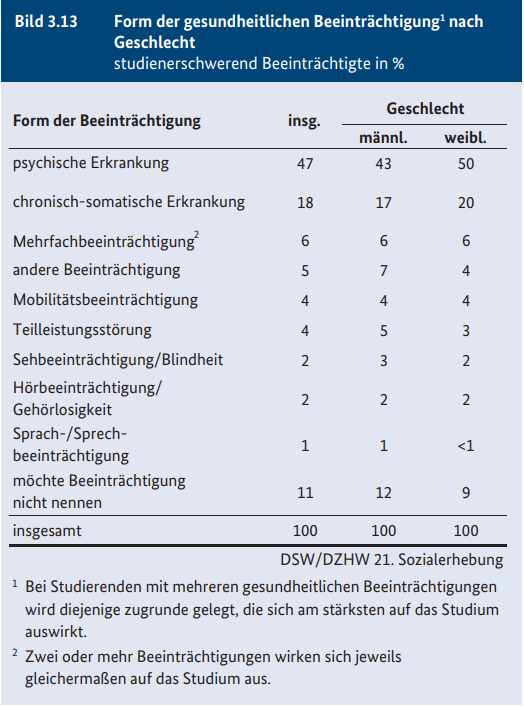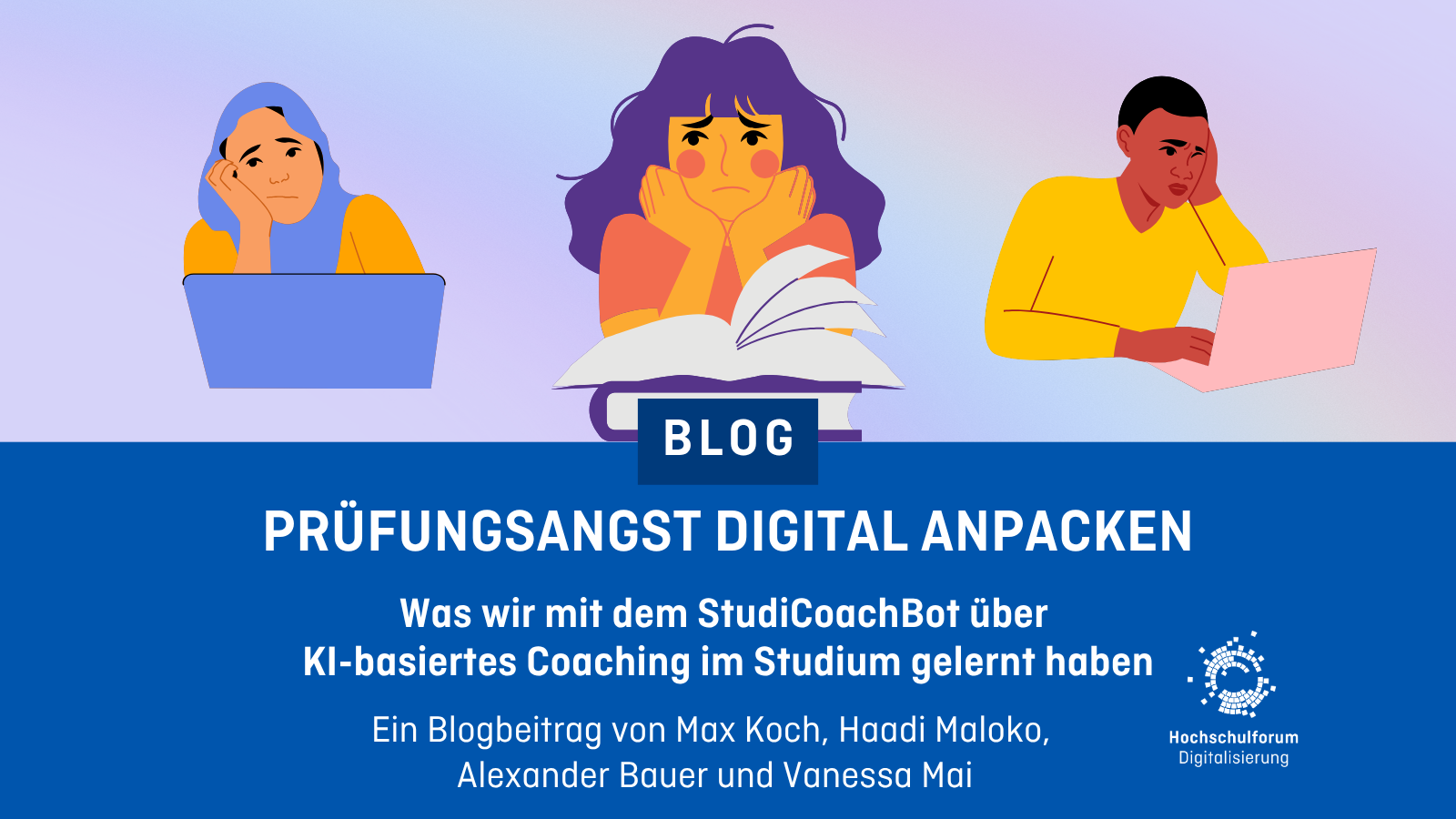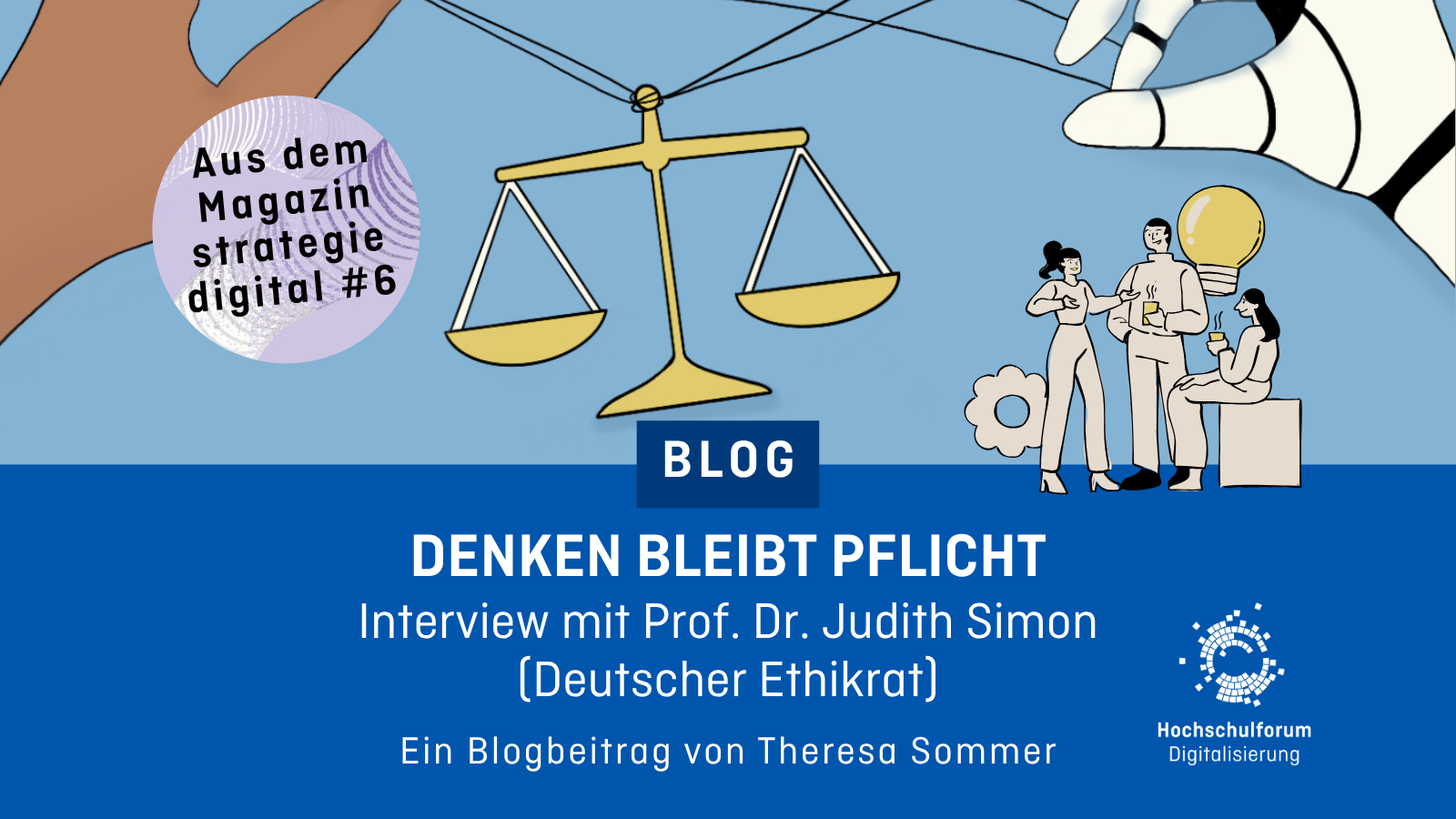Accessibility and inclusive digitalization
Accessibility and inclusive digitalization
01.09.20
The coronavirus crisis has hit universities abruptly. Teachers and students suddenly find themselves in virtual learning spaces. Students who were already disadvantaged before the pandemic are particularly affected by this crisis. Students with health impairments often belong to the risk group of people who are particularly vulnerable to coronavirus. They have to reorganize their everyday lives, and assistance and care staff are not available to the usual extent. And finally, they should study as successfully as possible under the changed conditions.
The decline of the higher education sector is particularly evident in this crisis situation. Students should work with content that they cannot use because it is not accessible. Teachers quickly had to switch to online teaching and often run their courses as synchronous virtual events. This form is borrowed from classroom teaching. It is not suitable for all courses. In addition, synchronous digital teaching puts some students at a disadvantage, especially students with health impairments.
With manageable effort, multi-modal solutions can be designed that ensure accessibility and can be used by all students. In several blog posts, we show how this works, why it is important and why all students benefit from it.
Students with health impairments in Germany
There is hardly any data on students with health impairments in Germany. One of the few sources of data is the
Social Survey
which the DZHW regularly conducts on behalf of the Federal Ministry of Education and Research (BMBF) and the Deutsches Studentenwerk (DSW). In the current social survey, 11% of the students surveyed stated that they had a health impairment that made it difficult for them to study. This means that of the current 2,892,000 students, around 318,000 are hindered in their studies because they have a health impairment.
Of these students, 29% state that they have more than one impairment that makes studying difficult. In particular, the proportion of students with mental illnesses has risen significantly in recent years. However, other forms of health impairment also make it difficult to study, as the following chart shows:
Information on the study situation experienced by students with health impairments is provided by the study “
impaired studying – best2
“. In the area of study organization as well as teaching and learning, 29% of the students surveyed stated that they had difficulties in their studies due to inaccessible teaching materials. And 24% of students say that non-accessible e-learning causes problems and that there is a lack of technical aids.
What does accessibility actually mean?
The concept of accessibility is clearly defined by law in Germany. Section 4 of the BGG states:
Buildings and other facilities, means of transport, technical commodities, information processing systems, acoustic and visual information sources and communication facilities as well as other designed areas of life are barrier-free if they can be found, accessed and used by people with disabilities in the usual way, without particular difficulty and in principle without outside help. The use of disability-related aids is permitted.
I would like to go into a few aspects in more detail here:
- “in the generally accepted manner”: This means that there should be no special version or similar for people with disabilities. In the early days of the World Wide Web, there were “text-only” versions of websites that were intended for visually impaired users. But that has nothing to do with accessibility. For a website to be accessible, it must be accessible and usable for all users in the usual way.
- “without particular difficulty”: Access should also be possible without difficulty for people with disabilities. This means that you do not have to log in or register anywhere in order to access an offer.
- “basically without outside help”: People with disabilities do not need any support from third parties to use the service, but can find their way around an online service independently and operate and use it completely.
- “Use of disability-related aids”: Barrier-free design and the use of technical aids such as assistive technologies complement each other. Many people can only see clearly with glasses. Glasses are the technical aid here. People who cannot see use technical aids such as a Braille display and a screen reader to read websites. A barrier-free design supports the use of disability-related aids.
What is a disability?
This can be discussed at length and in detail – and this is exactly what those affected and academics in the field of disability studies, for example, do. I would like to refer here to Article 1 of the UN Convention on the Rights of Persons with Disabilities, which states:
People with disabilities include those who have long-term physical, mental, intellectual or sensory impairments which, in interaction with various barriers, may prevent them from participating fully, effectively and equally in society.
A disability is not inherent in the individual person, but arises from the interaction between impairments and various barriers in the environment and society. This is
the social model of disability
:
![How can accessibility be ensured? Image: [http://ddsg.org.uk/taxi/social-model.html The social model] The social model of disability](/sites/default/files/images/blog/4230949_orig.gif)
The social model of disability
The social model of disability distinguishes between an impairment and a disability. The individual may have a health impairment. There are many different barriers in society:
- negative attitudes, such as prejudices, stereotypes or discrimination
- non-accessible designed environment, such as buildings, services, language and communication
- Organizations with less flexible procedures and practices
These barriers in society turn an individual impairment into a disability. However, the problem is not the individual person with their impairment, but the barriers in society that we need to remove. That’s why accessibility is so important. Accessible services enable people with disabilities to use information sources and communication facilities independently. In this way, accessibility prevents the development of a disability.
What does all this mean for digital teaching?
First of all, it means that you very likely have students with health impairments who are dependent on accessible (digital) teaching. Therefore, all digital teaching content and services should be designed to be accessible. Much of this works with the software that is used to create documents and other content anyway. I will show you how to do this and what to look out for in the following blog posts.


![Which impairments make it difficult to study? Image: [http://www.sozialerhebung.de/download/21/Soz21_hauptbericht.pdf 21st Social Survey p. 37] Students with health impairments in Germany](/sites/default/files/images/blog/Sozialerhebung%20Beeintr%C3%A4chtigungen.PNG)
 Alexander Bauer
Alexander Bauer 
 Prof. Dr. Mike Altieri
Prof. Dr. Mike Altieri 
 Prof. Dr. Judith Simon
Prof. Dr. Judith Simon 